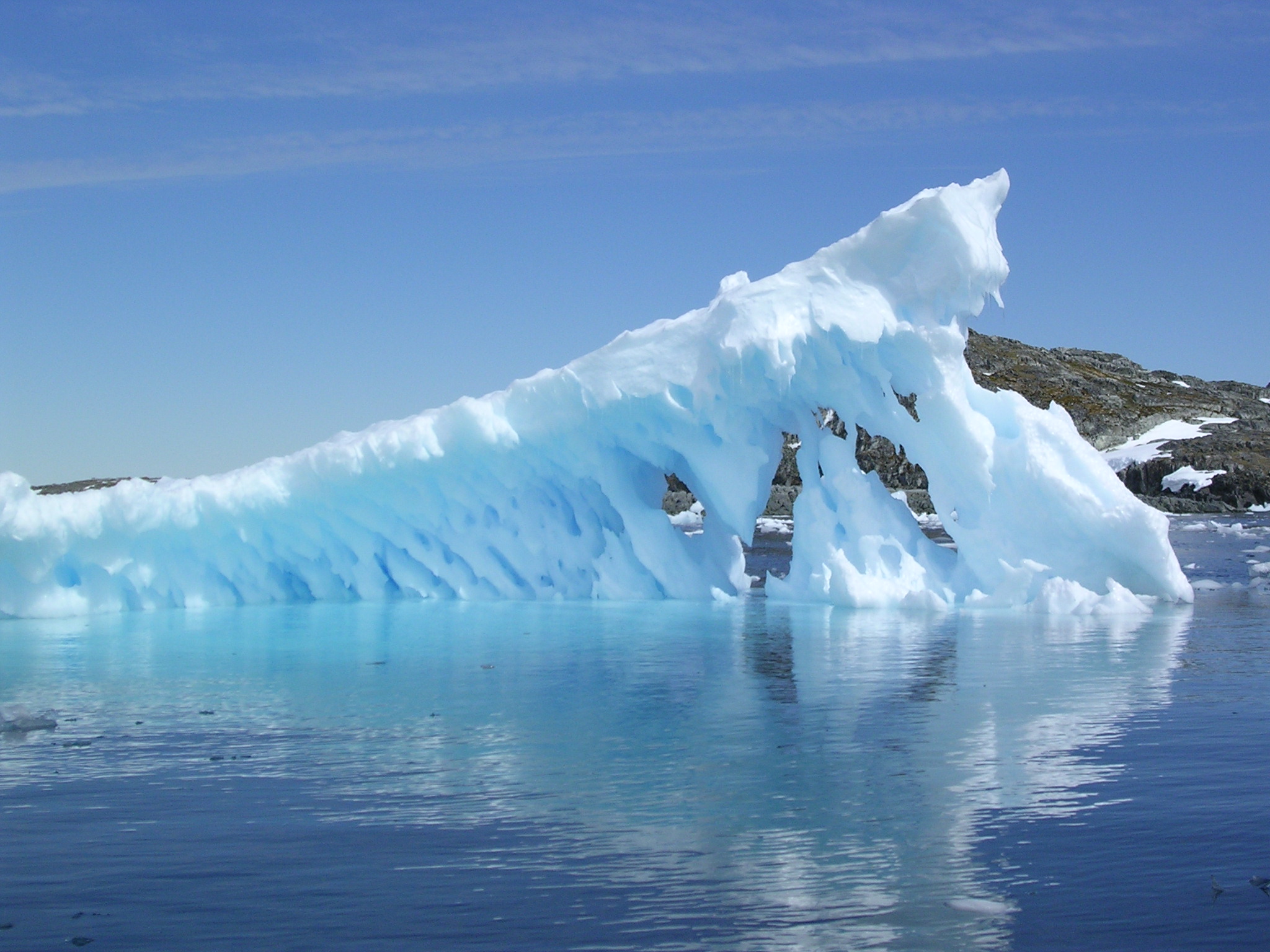Measuring the Melting (SASSI)
Today we take a look at the Synoptic Antarctic Shelf-Slope Interactions (SASSI) moorings that are being deployed on the continental shelf of the western Antarctic Peninsula during the LMG 08-01 cruise aboard the L. M. Gould. The continental shelf is 80–100 miles wide and is generally around 500 meters deep here. At its offshore edge it drops rapidly over a span of 8–12 miles to deep ocean depths of greater than 3,000 meters, almost 2 miles. This span of rapidly increasing water depth at the offshore shelf edge is called the shelf break. One of the moorings will be at the shelf break. Two moorings will be located at mid shelf and 2 others at the inner shelf.

The Western Antarctic Peninsula is one of the fastest warming places on the planet.
The moorings will remain in the water for one year and will be retrieved along with their data during the next LTER cruise. Each mooring is a line with attached instruments, held in place on the bottom with weights (cement blocks), and vertical in the water with floats or buoys. The moorings span a vertical distance of greater than 350 meters in the water and have a current meter and 17 temperature sensors that will monitor changes in water temperature. The current meter and temperature sensors will allow us to determine when warm, offshore water floods onto the continental shelf, bringing in heat and raising the ocean temperature on the shelf. The moorings will then monitor the decrease in temperature when heat is lost to the atmosphere (warming the air) and to the underside of glaciers (melting them). All of this information will help us learn how the ocean heat is partitioned into air warming and ice melting. One of the goals of this project is to help us understand why the western Antarctic Peninsula is undergoing the most rapid warming of air temperature in the winter on earth, and why 87% of the peninsula glaciers are in retreat (i.e., melting, and consequently raising global sea level).

At top right are all of the instruments that are used to monitor the changes described above strung out on the deck before deployment. These instruments can measure the speed and direction of water movement (currents), temperature, and pressure (depth). At bottom right, Fred Stuart (Electrical Technician, Raytheon Support) is seen preparing the acoustic release and current meter for deployment. At bottom left, Meghan King (Marine Technician, Raytheon Support) and Cooper Guest (Marine Science Technician, Raytheon Support) are seen ready to release the weights that anchor the mooring to the sea floor. The Palmer LTER would also like to thank the crew from the L. M. Gould for the support during the deployment and recovery of these moorings.

 No comments
No comments 






